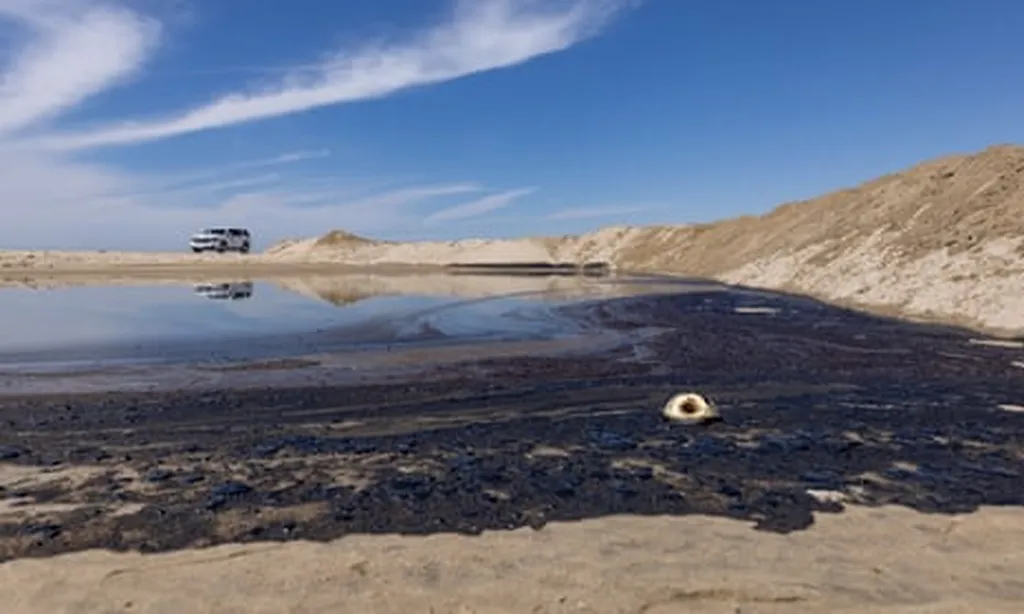Scientists have recently uncovered a troubling reality about U.S. oil and gas drilling sites: they are not only leaking methane but also a myriad of toxic chemicals that pose significant health risks to nearby communities. This revelation, published in Environmental Research Communications, underscores the urgent need for stricter regulations and more effective leak detection and repair strategies.
The study, conducted by researchers at the think tank PSE Healthy Energy, analyzed thousands of regulatory records from 11 gas-producing states. Their findings revealed that leaked gas from these sites is not just methane, a potent greenhouse gas, but a complex mix of harmful chemicals. Among these chemicals, benzene, a known carcinogen, was found in nearly every instance of a major leak. Other chemicals identified can damage bone marrow, weaken the immune system, impair the nervous system, and cause a range of symptoms including headaches, dizziness, vomiting, and fatigue.
To visualize the impact of these leaks, the researchers created an interactive map detailing the plumes of toxic pollution from over 1,300 major leaks. The map shows that benzene reached unhealthy levels in 99.7 percent of the cases studied. This stark reality highlights the immediate health risks faced by communities living near oil and gas sites.
The implications for the agriculture sector are significant. Farmers and agricultural workers in proximity to these sites may be exposed to these toxic chemicals, potentially affecting their health and productivity. Crops and livestock could also be impacted by the contamination, leading to reduced yields and quality. The long-term effects on soil and water quality could further exacerbate these issues, posing a threat to the sustainability of agricultural practices in affected areas.
For investors, the findings add a layer of risk to oil and gas ventures. As awareness of these health and environmental impacts grows, regulatory pressures are likely to intensify. This could lead to stricter enforcement of existing rules and the implementation of new regulations aimed at reducing leaks and emissions. Investors may need to factor in the potential costs of compliance, as well as the reputational risks associated with operating in areas with high levels of toxic pollution.
Efforts to curb methane leaks have been ongoing, but progress has been slow. The recent rollback of a methane emissions rule by the Trump administration has raised concerns about the potential increase in both methane and toxic chemical emissions. Scientists emphasize that addressing these leaks is not just about mitigating climate change but also about protecting public health.
Kelsey Bilsback, a scientist at PSE Healthy Energy, underscored the urgency of the situation: “If we are to roll back regulations and rules, and the amount of methane emissions goes up, more than likely, there’s going to be greater health risks.” This call to action resonates not only for policymakers but also for the agriculture sector and investors, who must consider the broader implications of these findings in their operations and investments.

